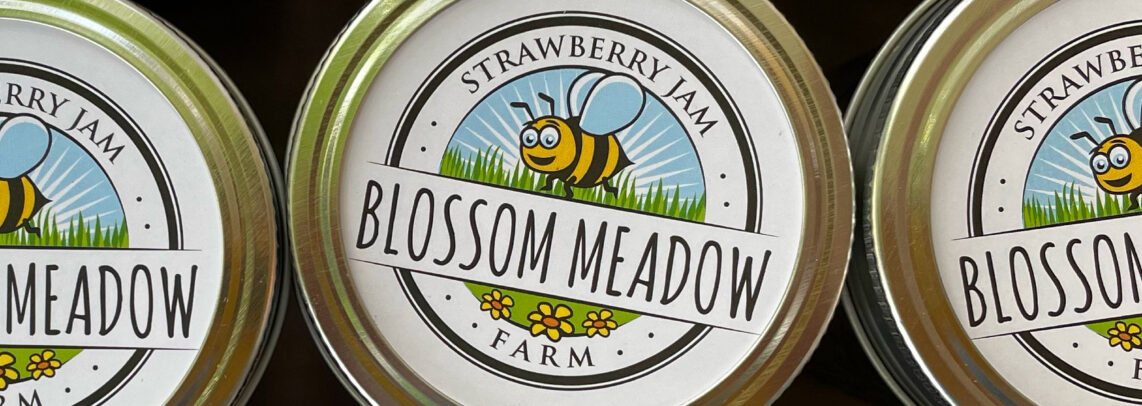Mason bees are solitary nesters; they don’t live in a colony like honeybees or bumble bees. They live in hollow reeds or pre-existing holes in wood such as abandoned beetle burrows or nail holes. Male and female mason bees emerge from nests and mate in the spring when temperatures exceed 50 degrees F (females emerge 3-4 days, up to two weeks later than males). A mated female finds a suitable nest tunnel and begins foraging for nectar and pollen to collect enough food upon which to lay an egg. She carries the pollen on her furry underbelly in brushy hairs called scopa. It takes 11-35 foraging trips to collect enough pollen and nectar for one bee baby – that is a lot of opportunity for plant pollination! Individual mason bees rarely fly beyond 300 ft from their nest. The female lays an egg with one end embedded in the pollen mass. After the female lays the egg, she partitions the tunnel with a thin wall of mud, usually taking 8-12 mud collection trips to create. Adult females provision cells (usually completing one cell per day) and pollinate for 4-6 weeks and then die. In the late summer, each bee baby spins a cocoon around itself. They overwinter in the cocoon as an adult and emerge in May to start the whole cycle again.
The average sex ratio is two-thirds male. There is only one generation per year.

